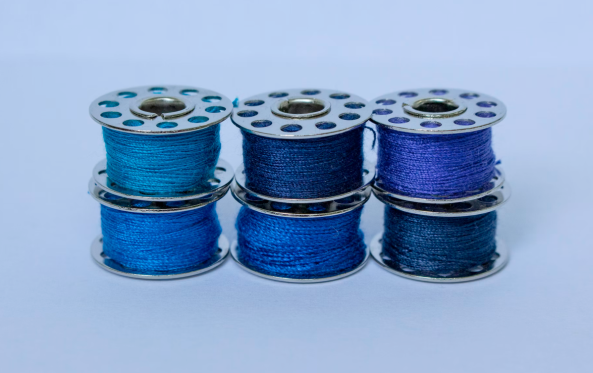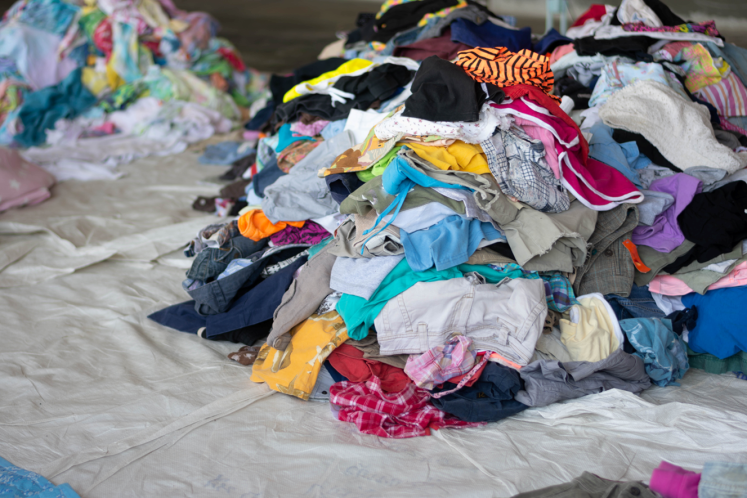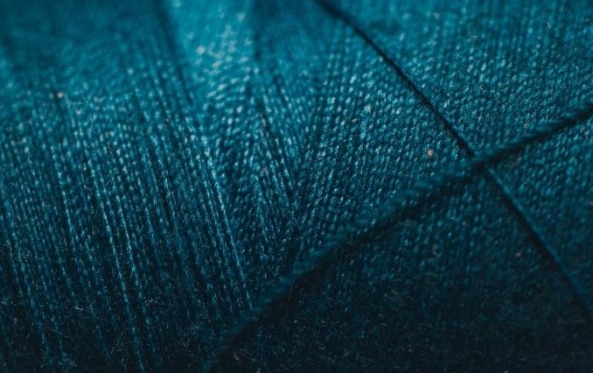
13th edition of Refashion Innovation Challenge
Refashion's Innovation Challenge is back for its 13th edition! Find out more about the call for R&D projects and how to apply!

Refashion's Innovation Challenge is back for its 13th edition! Find out more about the call for R&D projects and how to apply!

Pour la 2ème édition de son appel à projets annuel dédié au réemploi, Refashion soutient 35 projets en France métropolitaine et à La Réunion.|Pour la 2ème édition de son appel à projets annuel dédié au réemploi, Refashion soutient 35 projets en France métropolitaine et à La Réunion.
In the hierarchy of waste treatment methods, textile recycling is a strategic lever in preserving resources, reducing the environmental impact and developing new industrial applications.
When reuse or repair are no longer possible, recycling plays a key role in transforming materials into resources and making the industry part of a circular and economically viable model.

These constraints require appropriate technologies and advanced processing systems to produce recycled materials of high quality.
Download the textile recycling mapping to explore the different recycling methods.
Mechanical recycling is the oldest and most well-established recycling method.
It covers all the mechanical processes (cutting, unravelling, tearing/garnetting, grinding) involved in turning textile waste into new materials.
1/ Cutting and grinding
These techniques reduce the size of textiles for further processing or direct integration into new products (insulation, felts, composites, etc.).
2/ Tearing/garnetting and unravelling
These processes involve drawing out and breaking down the textiles in order to recover the fibres.
Tearing/garnetting is a more intensive process, producing short fibres for open-loop recycling (non-textile industries); unravelling is a gentler process, producing longer fibres that are ideal for spinning.

Chemical recycling aims to break textiles down into their basic components using different processes:
1/Dissolution: separation of materials using specific solvents.
2/ Depolymerisation: breaking polymer chains to recover the original monomers. It relies on two main approaches: solvolysis (use of a reactive solvent to break the polymer bonds and regenerate the original monomers) and the thermolysis (consists of heating the polymer at high temperatures under an inert atmosphere (e.g. pyrolysis, cracking) to obtain basic chemical compounds)
This approach offers strong potential for recycling coloured, complex, or multi-material textiles that are difficult to treat through mechanical processes.

Thermomechanical recycling concerns mainly synthetic textiles made from thermoplastics (such as polyester or polyamide). Thermoplastic fibres are polymers that soften when heated and resolidify upon cooling, without undergoing any chemical alteration, which makes them particularly well suited to thermomechanical recycling.
The material is shredded, densified, and then extruded to be transformed into pellets that can be used to manufacture new fibres or plastic products.
A rapidly growing pathway, with strong circularity potential for synthetic materials.

In 2025, Refashion launched its first Recycling Call for Tenders, designed to support the most mature solutions on their path to industrialisation.
Benefit from Refashion’s technical and financial support to innovate and accelerate the industrialisation of recycling.
